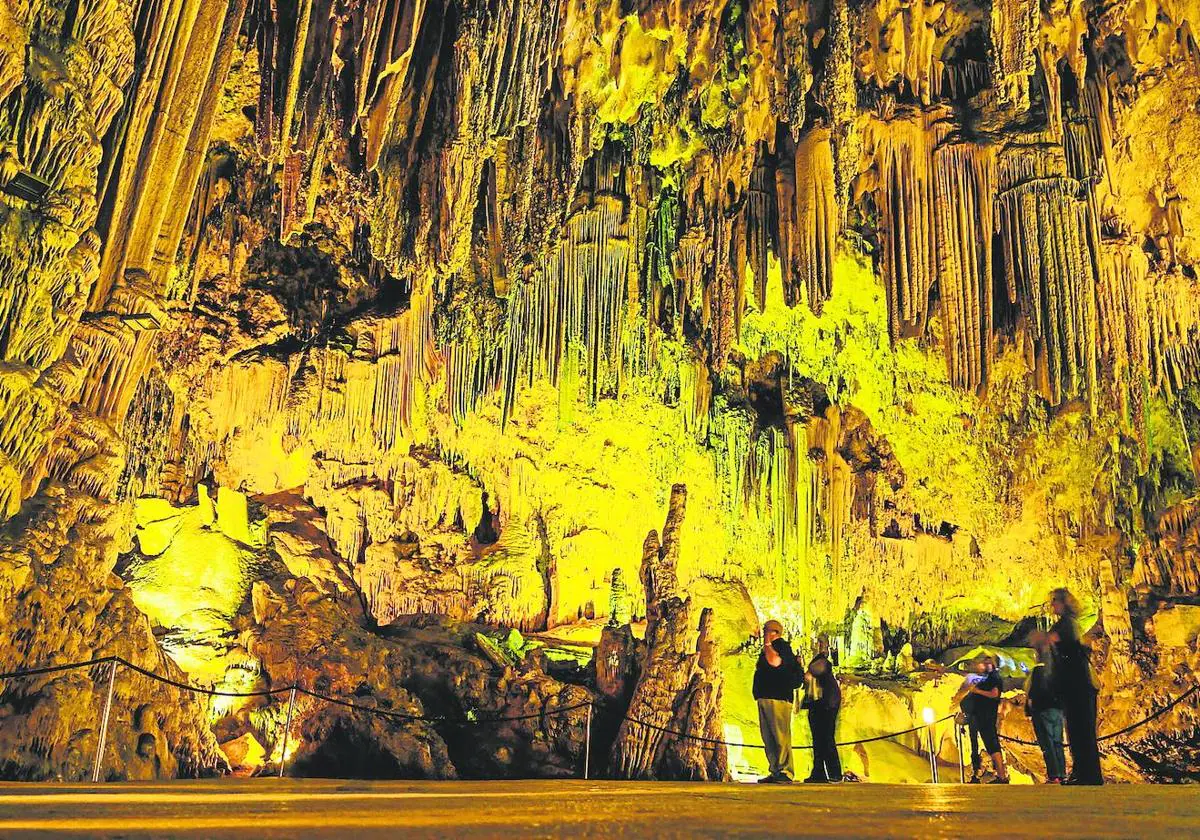Nerja Cave: the underground treasure that became a tourist attraction
The most visited cave in Andalucía is currently one of the main tourist attractions in the province of Malaga
The Nerja Cave, which is the most visited cave in Andalucía, is currently one of the main tourist attractions in the province of Malaga. Located next to the village of Maro, the cave was discovered by chance by a group of young people in 1959.
Since then, progress has been made in both its research and the improvement of different passages for those who wish to visit it. The cave is 4,823 metres long, which places it among the most developed topographically in the country. The galleries open to the public cover an area of more than 9,000 square metres, which is approximately one third of the cave's total surface area.
Located a stone's throw from the village of Maro, this cave of karstic origin is considered to be an authentic natural museum of speleothems, as it has formations in great quantity and variety. Among them are stalagmites, stalactites and large columns that are impressive when seen up close. For this and other reasons, the Nerja Cave has been declared a Site of Geological Interest of international importance.
In addition to its most spectacular geological formations, this cave is a key piece of knowledge about prehistory, as organic remains associated with paintings going back thousands of years have been dated there. Thus, it could house the earliest known works of art of humankind.
In this sense, both the cave paintings and the remains found are of great value, proving that the cave was inhabited by humans more than forty thousand years ago.
Associated with this famous cave is the Nerja Museum, although it is located in the centre of the town just a few metres from the iconic Balcón de Europa.
This museum has four themed areas and ten sections. The first of the areas is dedicated to presenting general themes, which place Nerja in its geographical and historical context.
The second and third areas include a series of monographic themes that have been the undisputed protagonists of the environment. The fourth and last of the areas is an informative space about the places and subjects of interest that Nerja and its surroundings have to offer.
In this important historical collection, 'Pepita', which is considered to be the best preserved complete skeleton of the Epipalaeolithic in Europe, stands out, making it the most emblematic piece of the Museum of Nerja. Thanks to technology, today it even has a visible face and visitors can interact with its recreation. This museum, which is linked to the Nerja Cave, takes you on a journey through the history of Nerja, from prehistoric times to the 20th century.

